Ancient cities and towns 🢔 Settlements 🢔 Archaeological wonders 🢔 Categories of wonders
Wonder
Nimrud
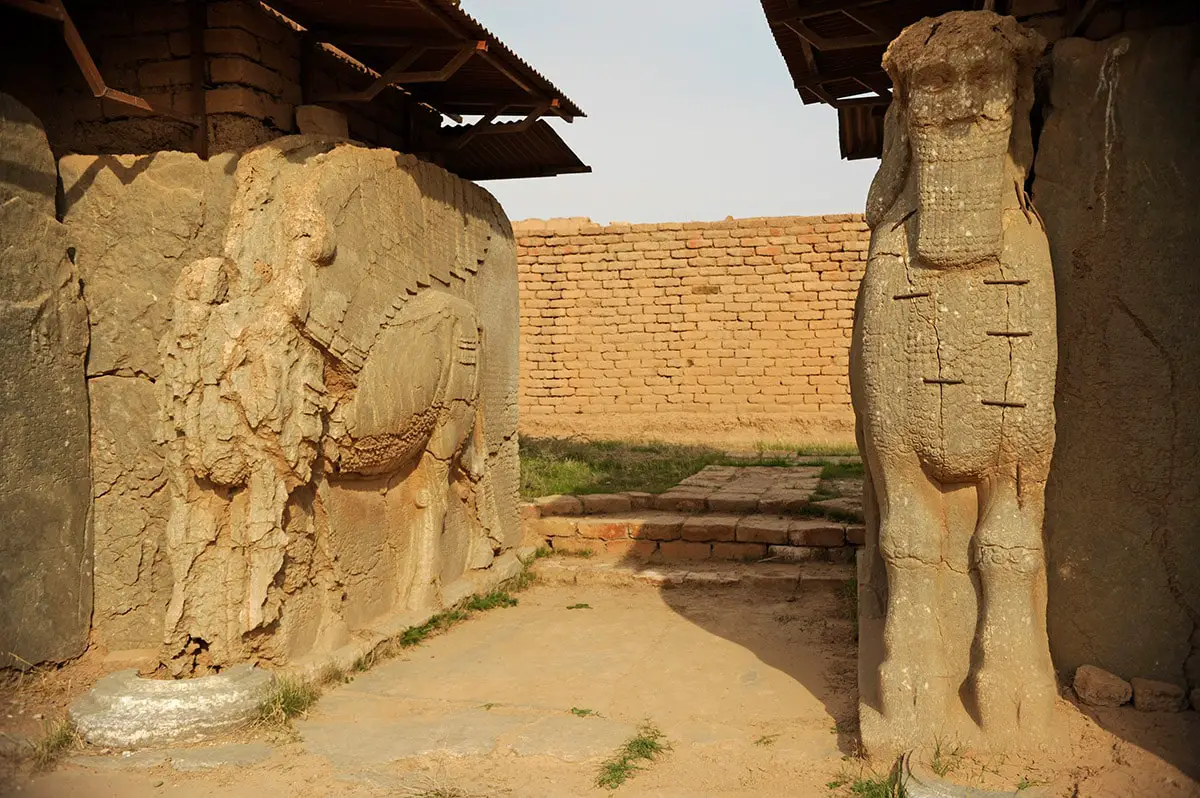
 In short
In short
It was almost 3 millenia ago when Nimrud was a sophisticated and splendid city – the capital of the great Assyrian Empire.
 39.3%
39.3%
GPS coordinates
Location, address
Name in Arabic
Alternate names
Founded
Flourished
Abandoned
Map of the site
If you see this after your page is loaded completely, leafletJS files are missing.
 In detail
In detail
The early 21st century has been shocking and sad in the history of this city – there are reports that the remnants of the city have been deliberately leveled with bulldozers in March 2015. This is a warning to all of us: the evil, satanic side in human nature has not disappeared, not at all…
History
Nimrud was founded by Assyrian king Shalmaneser I who reigned in 1274 – 1245 BC. In these times the capital city of Assyria was Assur.
In those times the city had another name, most likely – Kalhu (Calah). Nimrud is a comparatively recent introduction by Europeans, first used in 1760. According to Europeans who visited this site, local Assyrian Christians believed that this was the city of Nimrod – the legendary great-grandson of Noah, builder of the Tower of Babel. Later analysis though shows that in the Bible this city has been mentioned under the name of Calah.
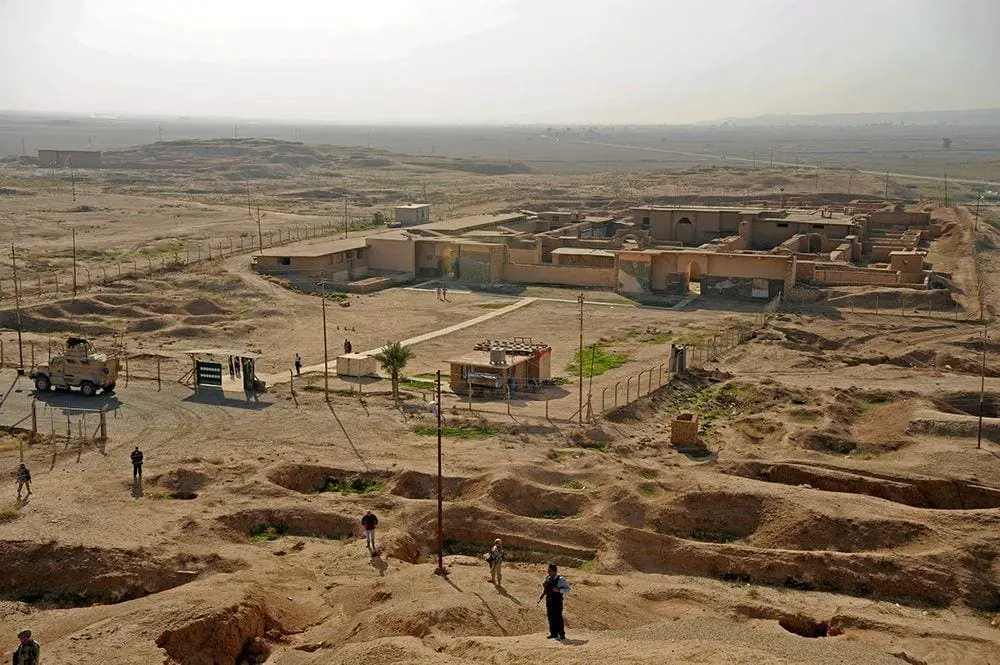
Nimrud became a capital of Assyria much later, in the times of Ashurnasirpal II (883 – 859 BC). When he started to reign, Nimrud was fallen into disrepair during the Dark Ages of Assyria (middle of the 11th – middle of the 10th century BC). Ashurnasirpal II turned this sleepy, half-abandoned city into a metropolis – in the city were living some 100,000 people, there was a botanical and zoological garden, a large palace, and temples were built. By the effort of thousands of people, there was built an 8 km long mudbrick wall around the city.
Golden times in the history of the city continued after the death of Ashurnasirpal II – his son Shalmaneser III (858 – 824 BC) built here Great Ziggurat as well as a splendid palace – much more impressive than the one built by his father. This new palace had more than 200 rooms. Great construction activities took place in the city also during the times of Tiglath-Pileser III, in 745 – 727 BC.
Nimrud was the capital of Assyria until 706 BC when Sargon II moved the capital to Dur Sharrukin. But Nimrud remained an important city until the fall of the Assyrian Empire sometimes around 616 – 605 BC.
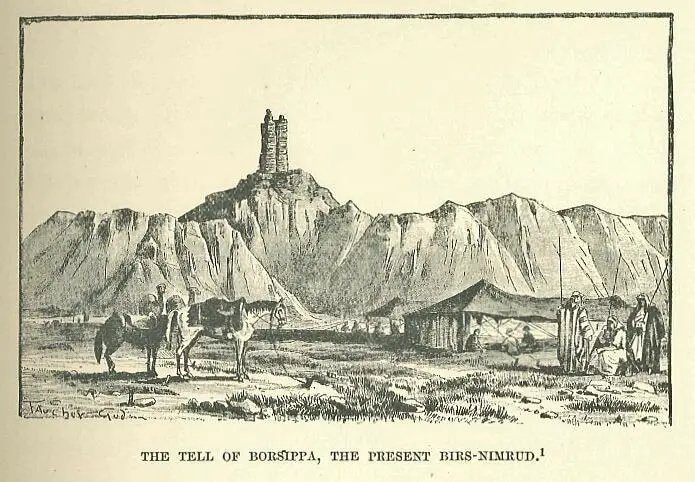
Description
Nimrud was built on the bank of Tigris River. The central part of the city had an area of 360 ha.
In the city have been located the remnants of the palaces of Ashurnasirpal II, Shalmaneser III, and Tiglath-Pileser III as well as temples to Ninurta and Enlil. There are also remnants of fortifications.
Archaeological excavations started here in 1845, research and documenting continued up to the second half of the 20th century.
Archaeologists have found numerous amazing artworks of very high quality – bas-reliefs, larger and smaller sculptures, jewelry, treasures.
Lamassu
Some of the most impressive are lamassu – giant statues of winged lions with human faces. These creatures have served as symbolic guards standing at the entrances in palaces. These stone lions are 10 – 30 tons (!) heavy.
Two of these giant sculptures were brought to British Museum in London in 1847. This 18 month-long voyage was full of adventures and near-disasters.
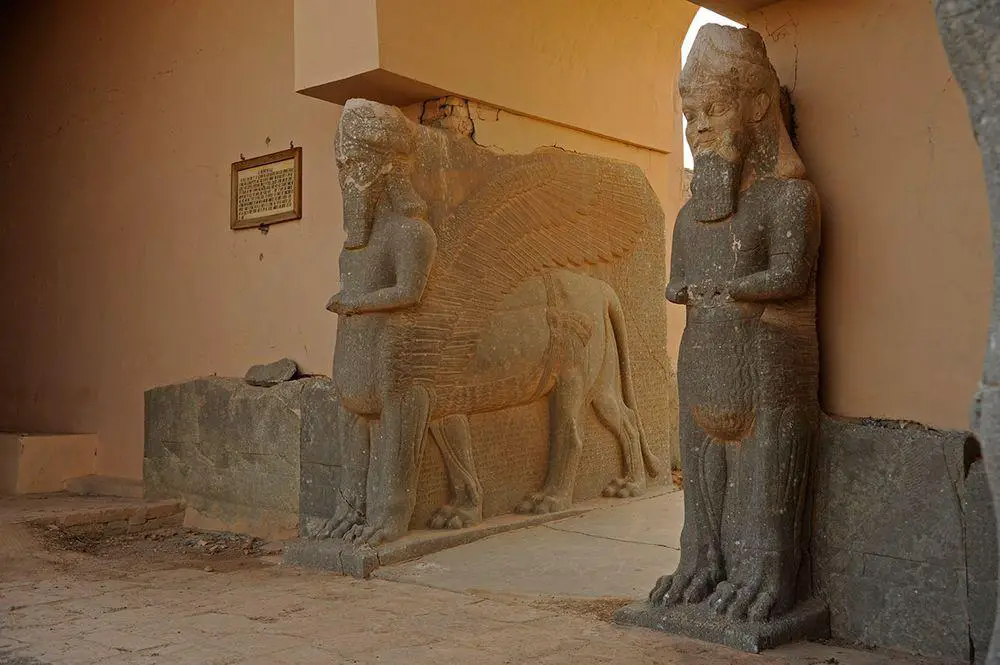
In fact, many outstanding works of art were brought from Nimrud to numerous museums around the world – and this might be a lucky turn in these times, when Nimrud is deliberately destroyed.
Treasures of Nimrud
In 1988 there were found three royal tombs with an incredible amount of treasure inside: some 50 kg of gemstones, gold, jewelry. Among the treasure was a crown of ancient Assyrian queen’s crown, gold plates. This treasure was packed in five large wooden boxes and brought to Baghdad. Happily, this treasure thus far has survived the turmoil of history and Iraq’s National Museum has control over it.
Bulldozing of the city
In the middle of 2014 this area was occupied by the Islamic State of Iraq and the Levant. Seems that elimination of the achievements of humanity is one of their priorities – anything that is considered by them to be un-Islamic needs to be destroyed and thus they are duly burning books and unique manuscripts, destroying ancient artworks and even whole ancient cities. Thus far (March 2015) it is not known how extensive is the damage to Nimrud, but it seems to be significant.
 Linked articles
Linked articles
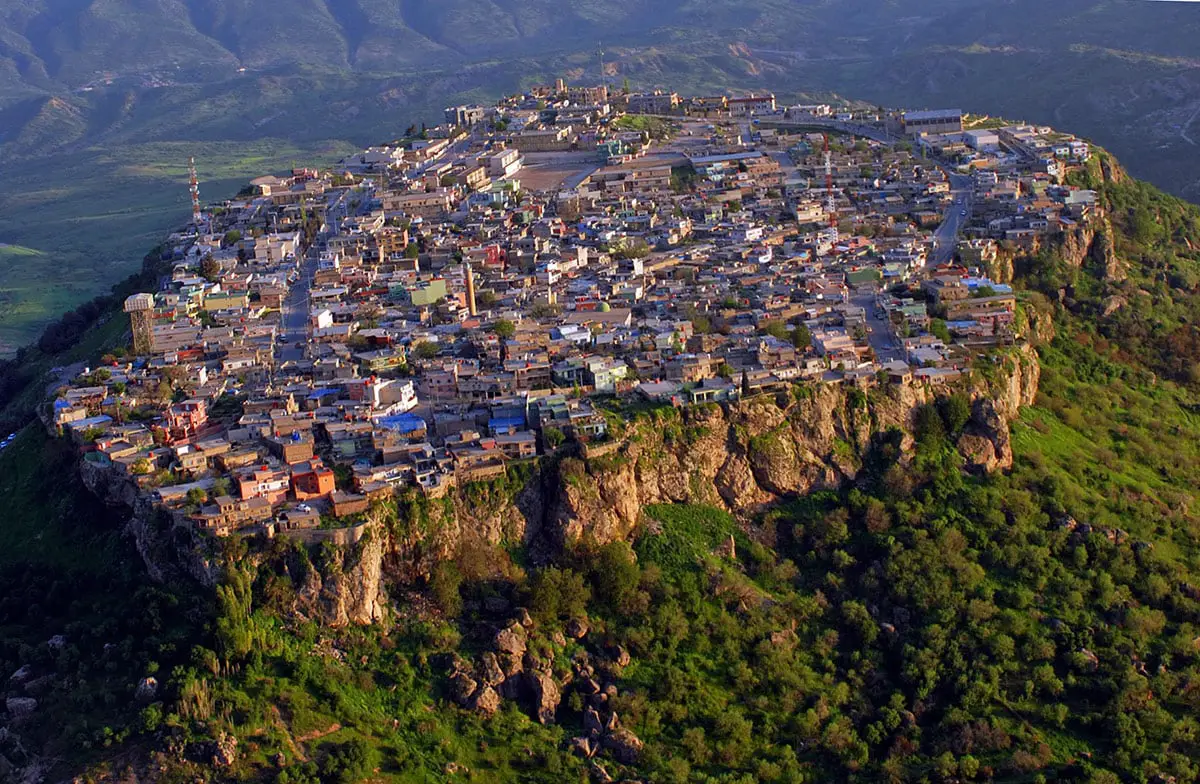
Wonders of Iraq
Nowadays Iraq is going through tough times – but its past has been splendid. There evolved the world’s first empires and cities, formed agriculture, irrigation, and writing. We – contemporary humans – have only scratched a bit of the rich historical heritage of Iraq and when peace will come, scientists will have endless work here.

Abandoned cities and towns
The main impression created by abandoned cities is intimate. This is a mixed feeling of sadness, unclear anxiety (“my city will not be eternal either”), and at the same time – inspiration from the abilities of our ancestors. Long ago, without electricity, paper, or different mechanisms, they managed to create magnificent structures, that covered many square kilometers.
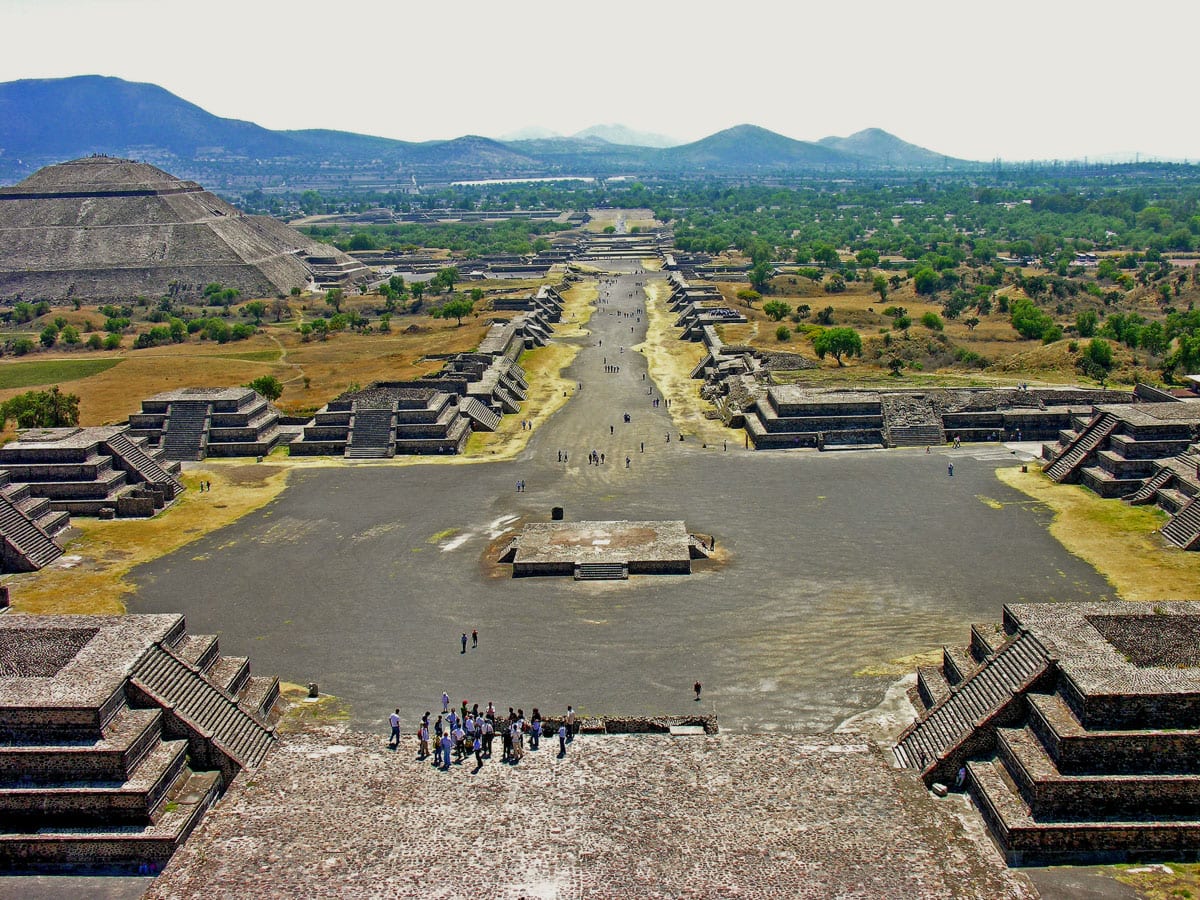
Ancient cities and towns
It turns out that urban planning is a very old profession. The urban fabric of ancient settlements – their structure and evolution gives a lot of food for thoughts about the nature of humans and civilization.
Wondermondo includes in the category of ancient cities and towns those settlements which have developed as urban areas at least 1500 years ago: around 500 AD.
 Recommended books
Recommended books
Nimrud – An Assyrian Imperial City Revealed
Nimrud (ancient Kalhu) in northern Iraq, was the capital of the Assyrian Empire during most of the 9th and 8th centuries BC and remained a major center until the destruction of the Empire in 612 BC. This authoritative account, written by two of the excavators of the site, traces its history and its gradual revelation through archaeological excavation, begun by Layard in the 19th century and continuing to the present day.
The Assyrians: The History of the Most Prominent Empire of the Ancient Near East
The Assyrians: The History of the Most Prominent Empire of the Ancient Near East traces the history and legacy of Assyria across several millennia. Along with pictures of important people, places, and events, you will learn about the history of the Assyrians like never before, in no time at all.


